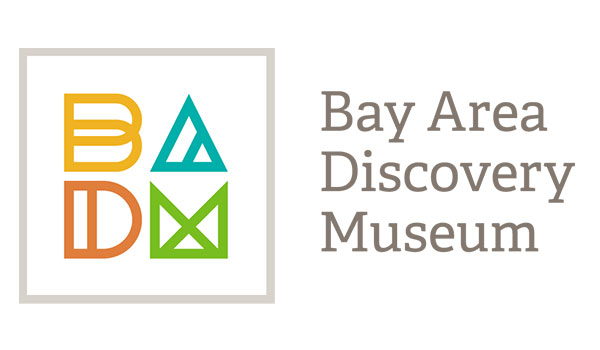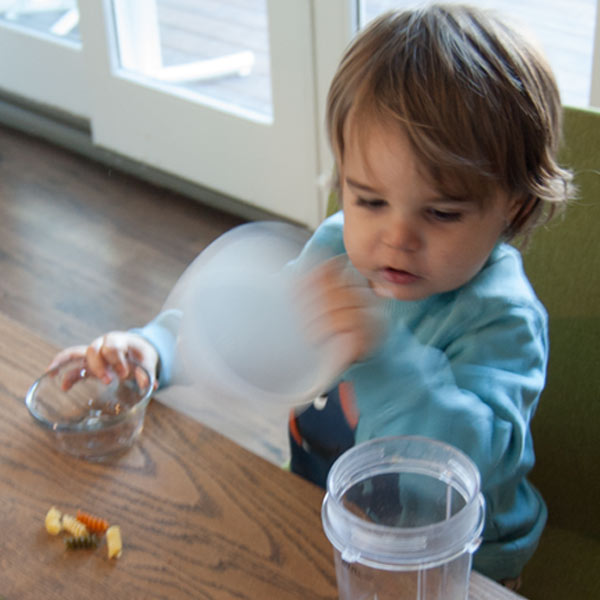Children learn about cause and effect as they experiment with materials and containers to design, build, and play their own unique shaker!
Materials Required
- Containers:
- Recycled metal cans with lids (ex. coffee cans)
- Plastic bowls/containers (ex. yogurt container)
- Wooden or cardboard bowls/containers (ex. shoe box)
- Materials for filling containers, such as:
- Pebbles
- Short, thick twigs
- Loose buttons
- Pom-poms
- Chunky wooden beads
- Jingle bells
- Dry pasta
- Dry beans
- Baskets or bins for sorting materials
- Tweezers and scoops
Instructions
- Before the activity starts, sort materials neatly into baskets or bins.
- Ask children to pick a container to make a shaker with and to use the tweezers or scoops to fill their container with their chosen materials.
- Encourage children to try out different combinations of materials and containers and to compare and contrast the sounds they hear.
- Let children enjoy shaking their shakers and dancing to the music they make!
Additional Tips
Try these add-on activities:
- Encourage children to walk around and collect their own natural materials to include in their shakers.
- Make a shaker for someone else, then ask them to guess what is inside by listening carefully to the sound it makes.
- Ask children: “How can you make a loud sound? A quiet sound?”
- Ask: “How many shakes make your name?” Say the child’s name and shake the shaker for each syllable. Continue to model syllable counting using familiar names and fun words.
- Play your shakers together! Encourage children to mimic your rhythmic patterns.
- Lead children in a sing-along with the shakers providing the rhythm. Start a dance party!


